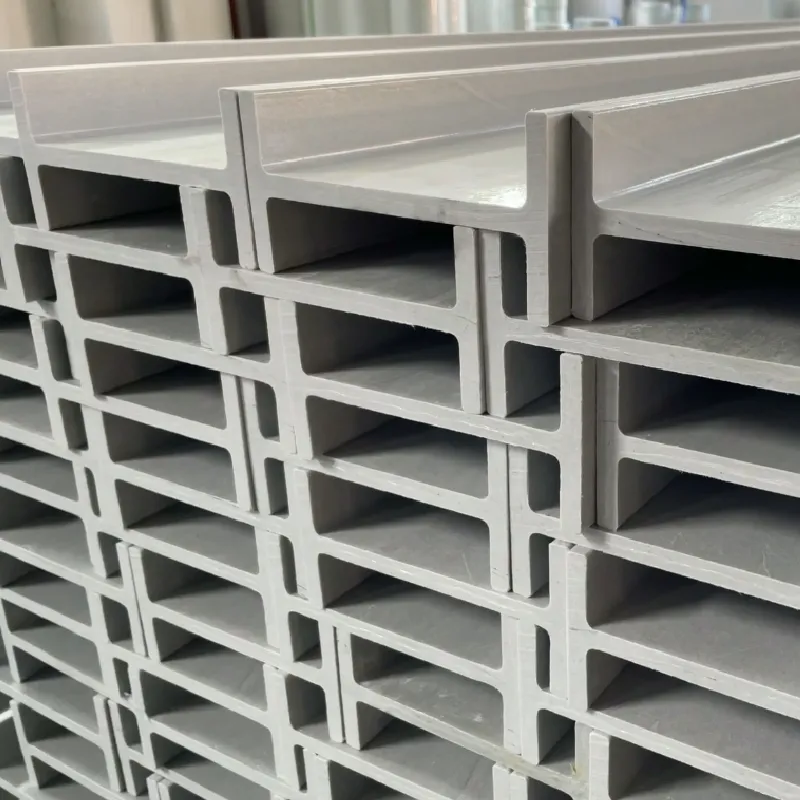loading...
- No. 9, Xingyuan South Street, Dongwaihuan Road, Zaoqiang County, Hengshui, Hebei, China
- admin@zjcomposites.com
- +86 15097380338
- Welcome to visit our website!
sectional water tank
The Sectional Water Tank An Essential Component in Modern Infrastructure
In today's rapidly developing world, the demand for efficient water storage solutions has become increasingly critical. One of the most effective means of storing water, particularly for residential and industrial applications, is the sectional water tank. This type of water storage system offers numerous advantages, making it a popular choice among engineers, architects, and urban planners.
Understanding Sectional Water Tanks
A sectional water tank is composed of individual panels, which can be assembled on-site to create a storage tank of various dimensions and capacities. These panels are typically made from materials like steel, fiberglass, or reinforced plastic, ensuring durability and resistance to environmental factors. The modular design of sectional tanks allows for flexibility. They can be resized or expanded to meet changing water storage needs, making them exceptionally versatile.
Advantages of Sectional Water Tanks
One of the primary benefits of sectional water tanks is their ease of installation. Unlike traditional cylindrical tanks, which often require extensive groundwork and have specific space requirements, sectional tanks can be assembled in tighter areas and are easier to transport. This is particularly advantageous in urban settings where space is limited and logistical challenges arise.
Moreover, sectional water tanks often require less maintenance than their traditional counterparts
. The materials used in manufacturing are designed to withstand rust, corrosion, and other forms of deterioration. This durability extends the lifespan of the tank, ultimately leading to lower replacement costs and less frequent need for repairs.Another significant advantage of sectional water tanks is their cost-effectiveness. Because they are built from panels, they can often be produced more economically than traditional tanks. Additionally, their modular nature allows for scalability, meaning that organizations can invest in a system that fits their current needs without overcommitting resources to a larger tank that might not be necessary.
sectional water tank

Applications of Sectional Water Tanks
Sectional water tanks are utilized across a variety of sectors, showcasing their adaptability. In residential settings, these tanks are often employed for rainwater harvesting. Collecting and storing rainwater not only saves money on municipal water bills but also supports sustainable living practices. In urban environments, sectional tanks can be easily integrated into the landscape, often being placed on rooftops or in courtyards.
Industrially, sectional tanks find common use in processing plants, agricultural operations, and manufacturing facilities. They facilitate the storage of potable water, reclaimed water, and even chemicals, depending on the tank material. In fire protection systems, sectional tanks serve as effective reservoirs, providing rapid access to water in emergencies.
Environmental Considerations
In an age where environmental concerns are paramount, sectional water tanks can contribute positively. Their ability to facilitate rainwater harvesting helps mitigate stormwater runoff, reducing the risk of flooding and promoting the sustainable use of resources. Additionally, by enabling the storage of reclaimed water, these tanks support water recycling initiatives, further emphasizing their role in promoting environmental responsibility.
Future Trends
As technology continues to advance, the future of sectional water tanks looks promising. Innovations in materials and construction techniques may lead to even more efficient designs that prioritize sustainability and energy efficiency. Smart tank technology, which involves sensors and data analytics, can be incorporated to monitor water levels and quality in real time, ensuring optimal performance and maintenance schedules.
In conclusion, sectional water tanks represent a practical and efficient solution to modern water storage challenges. Their modular design, cost-effectiveness, and versatility make them a popular choice in various applications, from urban residences to industrial settings. As environmental concerns take center stage in infrastructural planning, the role of sectional water tanks is likely to expand, supporting both sustainable practices and effective water management. The future of water storage looks bright with sectional tanks leading the way into a more efficient and eco-friendly era.
-
GRP Structures: The Future of Lightweight, High-Performance EngineeringNewsJun.20,2025
-
FRP Water Tank: High-Performance Storage for Corrosive and Clean Water SystemsNewsJun.20,2025
-
FRP Square Tube: The New Industry Standard for Chemical and Structural ApplicationsNewsJun.20,2025
-
FRP Pultruded Profiles: The Ultimate Choice for Lightweight Structural StrengthNewsJun.20,2025
-
FRP Handrails: The Safer, Smarter, and Stronger Choice for Modern InfrastructureNewsJun.20,2025
-
FRP Grating: The Smart Solution for Durable, Lightweight Industrial FlooringNewsJun.20,2025
-
Why Choose a Galvanized Water Tank for Your Storage NeedsNewsMay.21,2025
